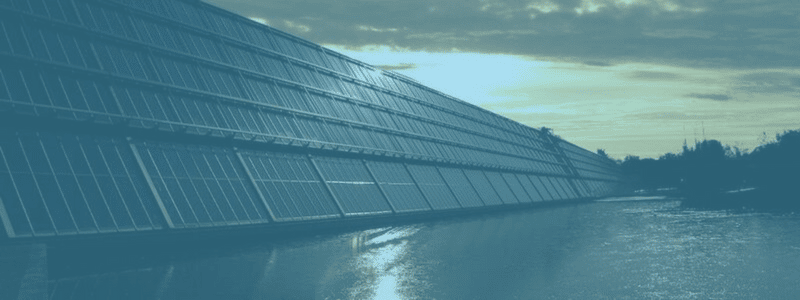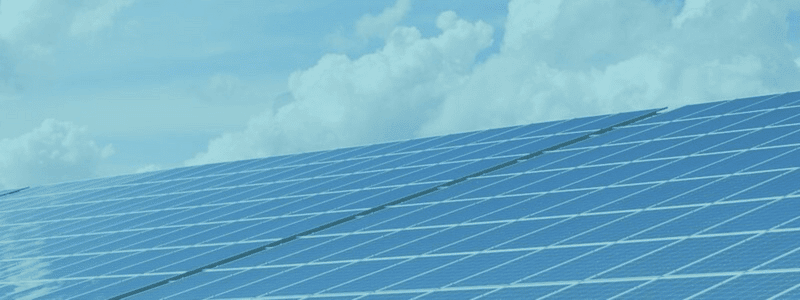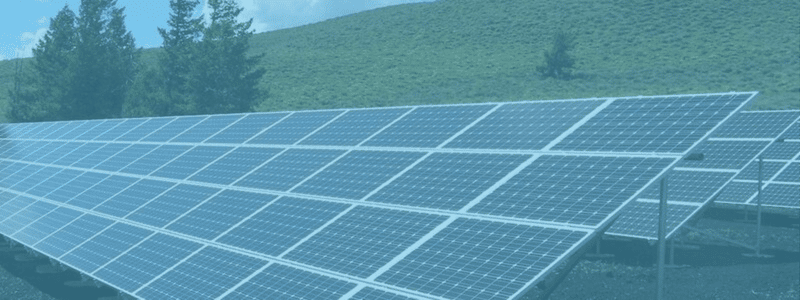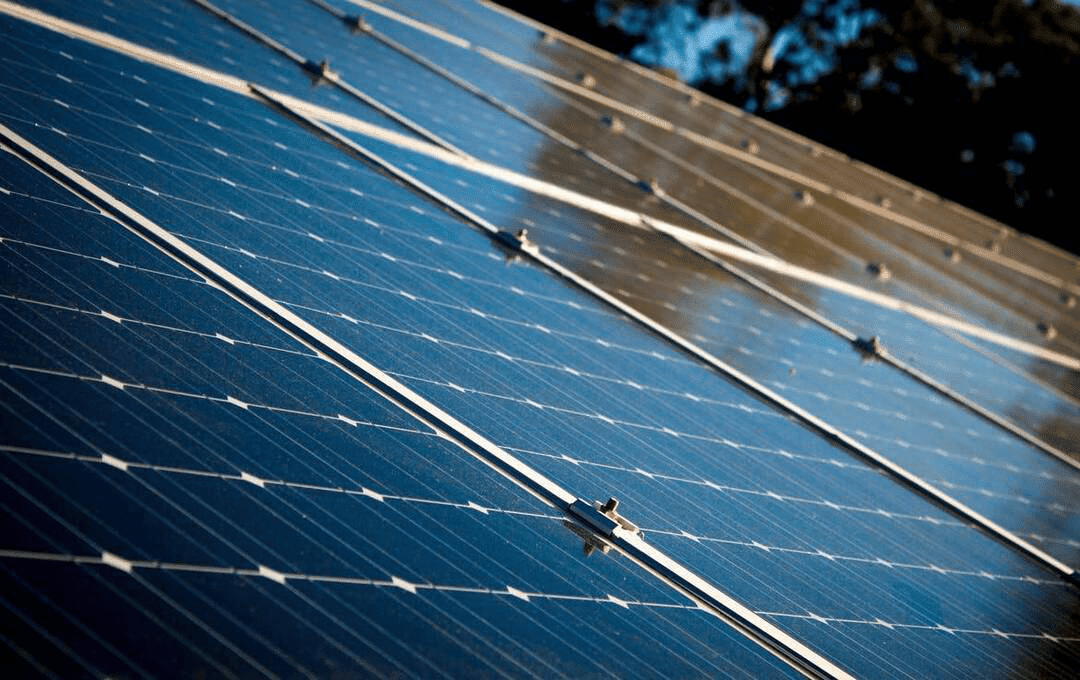If solar went mainstream in 2018, it’s poised to start trending next year and beyond. But, again, California is set to take the lead, thanks to the state’s energy commission and its plan to mandate solar panels on all new home construction by 2022.
The requirement will apply to single-family homes and multi-family buildings up to three stories, including condos and apartment complexes. The mandate is expected to lead to a 14-percent increase in solar installations on residential buildings between 2020 and 2023.
According to the commission, the mandate will add an average of about $9,500 to the upfront construction costs for single-family dwellings but result in almost $20,000 in energy savings over 30 years.
Therefore, the monthly costs are only about half of the monthly savings for a mortgage term.


Greater Solar Benefits for Multi-Family Buildings
The most significant impact could be felt by those living in rental housing who previously had few options for solar energy. After all, 40 percent of U.S. households live in rental housing – 60 percent of whom live in multi-family housing.
Still, property managers may be less inclined than homeowners to install a solar panel system because they think they’ll see less direct savings. Plus, much low-income housing is subsidized by HUD, so local housing authorities have little incentive to invest in cost-reduction technology.
A study from the National Renewable Laboratory found that nearly half of all residential rooftops in the United States capable of effectively supporting solar technology are found on dwellings of low-to-moderate income households.
At the same time, according to California’s Grid Alternatives, a program working to increase access to renewable energy, low-income households – those with annual incomes less than 80 percent of area median income – typically spend a higher percentage of their income on energy costs so that they can benefit the most from the utility bill savings generated by solar power. But, unfortunately, this same group probably has the least access to solar energy and its savings.


Solar Adoption is Increasing Among Rentals
The solar boom isn’t isolated to the west coast, either. As solar regulations have eased and prices have decreased, many New York homeowners have started utilizing solar energy. But the benefits haven’t extended much to those living in apartments – a hefty population in the region.
Many New Yorkers who live in buildings without solar panels can join a solar community group. These groups allow people to lower their electricity bills by connecting to solar panels elsewhere from their dwellings.
Brooklyn’s four-story HDFC co-op installed solar panels on its roof. It implemented a community share program for its residents, covering every unit’s electric bill. After incentives, the co-op will recoup its initial investment in just one year based on its savings. Residents will also receive a tax credit as though the panels were above their heads.
A growing number of nonprofit organizations hope to increase the usage of solar panels among New York’s multi-family housing communities, but their path is challenging.
For example, most of New York’s multi-family buildings have flat roofs, which makes installing solar panels by the local fire code more complicated. Fortunately, one innovative company developed a solar canopy explicitly designed for flat rooftops in New York City.
Meanwhile, in the Midwest, a Minnesota real-estate developer recently completed a multi-family solar project with more than 1,400 panels installed on 55 townhouses, a clubhouse, and a five-story apartment building. The amenity is expected to attract enthusiastic renters to the community.
“We’re going to show them what we’re doing with solar,” developer Todd Schachtman told a contributor for Midwest Energy News. Solar energy “is where environmental stewardship and the economics of business meet… and it’s a damn good amenity.”
Further west, the Housing Authority of the City and County of Denver has been working for several years to make solar power available in low-income neighborhoods. As a result, the DHA implemented about 660 solar systems through its power purchase agreement and shared the utility savings with HUD by accepting fewer utility subsidies.
DHA is also building an innovative community solar system that will power about 700 low-income housing units throughout the local area. In addition, a net metering program will allow the DHA to distribute energy generated in its solar garden toward the bills of various properties.


Incentivizing Property Managers to Switch to Solar Energy
Similar community solar projects are being launched to assist low-income communities nationwide. The Solar Energy Industries Association is creating a model community solar master and individual subscription agreements with legal experts, developers, and other professionals.
The American Council for an Energy-Efficient Economy purports that using solar energy for greater efficiency may save many renters from the accelerating disappearance of affordable housing. The group studied several affordable multi-family buildings whose owners invested in solar energy projects.
As rents, groceries, and other costs increase, the study found a disappearing electric bill provides renters a great incentive to choose one apartment over another. Therefore, building owners are combining their routine energy upgrades with the installation of rooftop solar systems.
The cost of solar energy upgrades is dropping rapidly – the average residential system decreased by more than $40,000 in 2010 to less than $17,000 in 2018. Still, the upfront costs for housing providers to complete solar upgrades to their HVAC systems remain a significant hurdle for those who can’t distribute the costs among many tenants.
Fortunately, owners of smaller multi-family buildings can utilize the HUD’s low mortgage insurance premiums for green, energy-efficient housing. In addition, certain low-income housing developments can qualify for other financial incentives to reduce a building’s energy use.
Of course, the federal tax credit for renewable energy investments remains in play. It continues to offer the most significant incentive to many. But, of course, it is scheduled to start dropping from its current 30 percent until it reaches just 10 percent by 2022, so time remains somewhat of the essence.
“It could be the beginning of a new species of solar,” Brooklyn Solar Works’ Chris Neidl told Habitat Magazine when describing his vision of solar in New York City. “
In a dense city, solar used to be quite limited. Now we are looking at an indigenous form of solar that we can apply to other small or moderate-sized multi-family buildings.”
Motili’s Solution
Motili is the solution to cost-effective equipment, installation, repair, and maintenance.
We combine people, processes, and technology to create a unique and nationally supported app that will help property owners of all kinds to manage their heating and cooling efforts quickly.
Data analysis will continue to be performed by the on-demand service industry, including HVAC technicians, to match consumer needs to service providers. Motili’s platform goes even further by helping building managers make intelligent and proactive business decisions.












